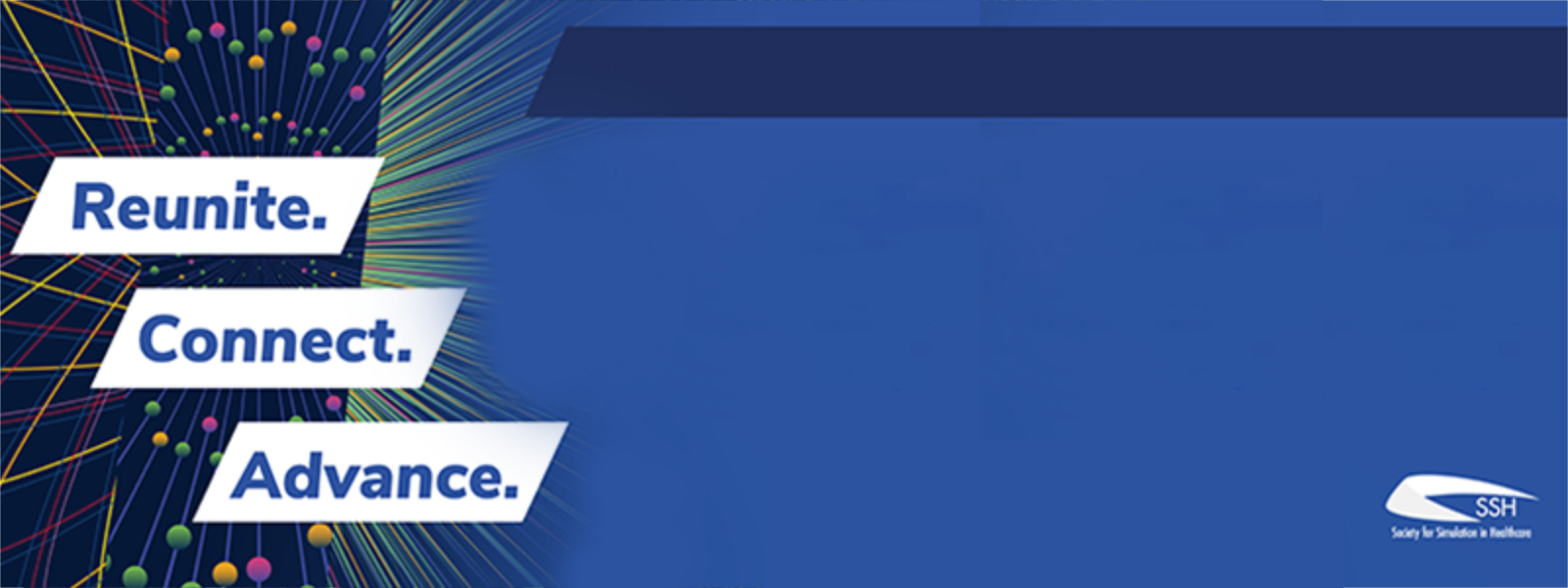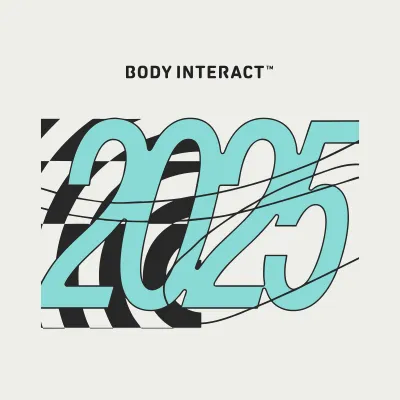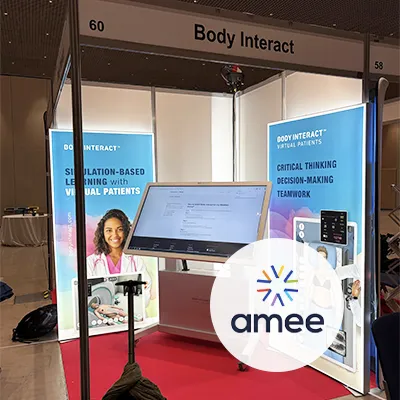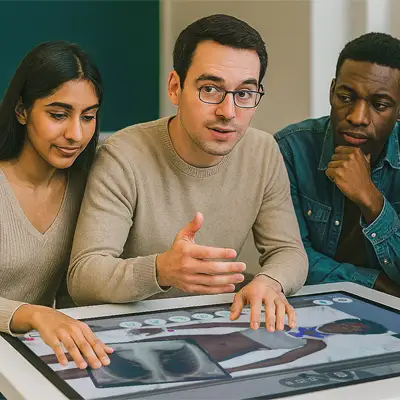A board of 4 speakers from Brazil, Mexico, Japan, and Italy presented the audience with a multicultural perspective on teaching and learning with Virtual Patients, in a session moderated and presented by Take The Wind CEO, Pedro Pinto.
Overcoming the challenges of Clinical Education with Virtual Patients was what brought together speakers and the audience. Let’s take a look at the main ideas presented by our first speaker:

Prof. Pier Luigi Ingrassia
Professor and Scientific Director at the Simulation Center at the Centro Professionale Sociosanitario in Lugano, Switzerland
Secretary of the Society of Simulation in Europe (SESAM)
and President of the Italian Society of Medical Simulation (SIMMED)
As a true enthusiast of clinical simulation, Prof. Ingrassia believes clinical reasoning is an area that still needs improvements, as diagnostic errors still occur often.
Technology use is fully disseminated in Medicine and Clinical practice and for sure is something natural for the Millennials. So, Virtual Patients, enters this kind of natural context for todays’ students, putting knowledge and reasoning into practice, promoting active problem-solving skills, and providing ground to develop competencies and exploring clinical error making.
It is important to define best practices and standardize the use of such tools. One suggestion left by Prof. Ingrassia is to promote further investigation on educational data so that the effective learning benefits of Virtual Patients can be translated into standardized and recommended approaches.
Prof. Ingrassia suggested to:
- Coordinate the use of Virtual Patients with other learning and simulation activities;
- Diminish the number of classical lectures and textbooks assignments.
When enquired about what should be the characteristics of the teacher of the future, the speaker mentioned that these should be flexible, open to innovation, and diversify how content is delivered to students.
by Daniela Abreu – Body Interact Instructional Designer









